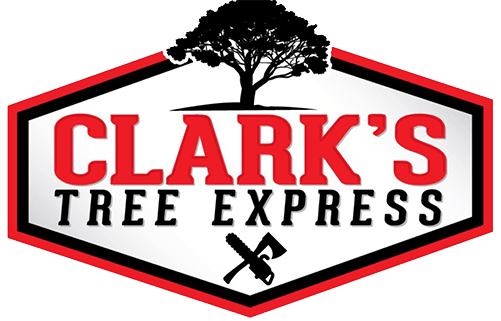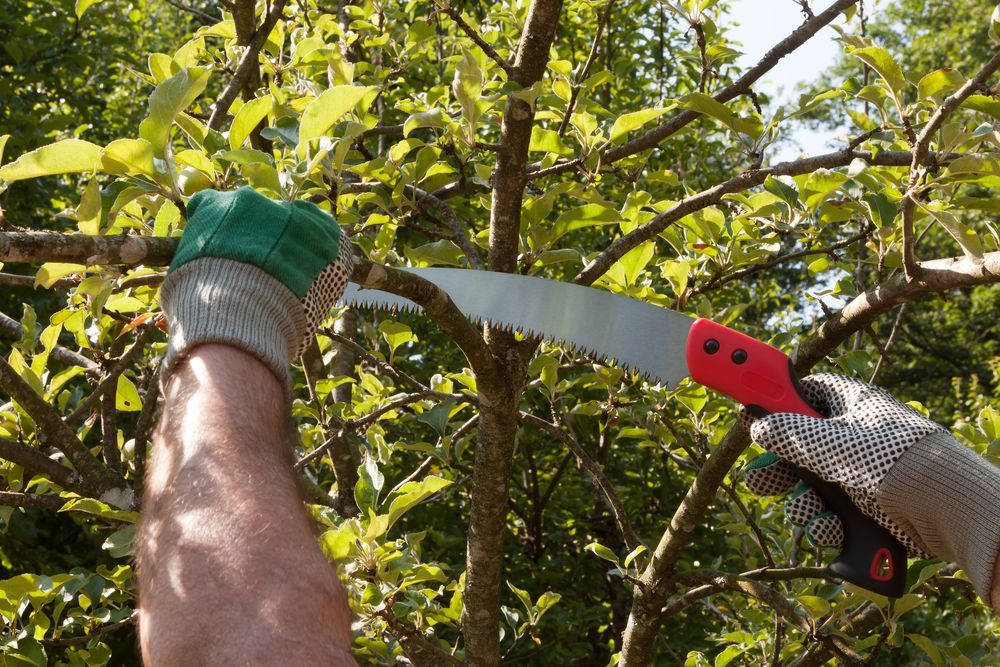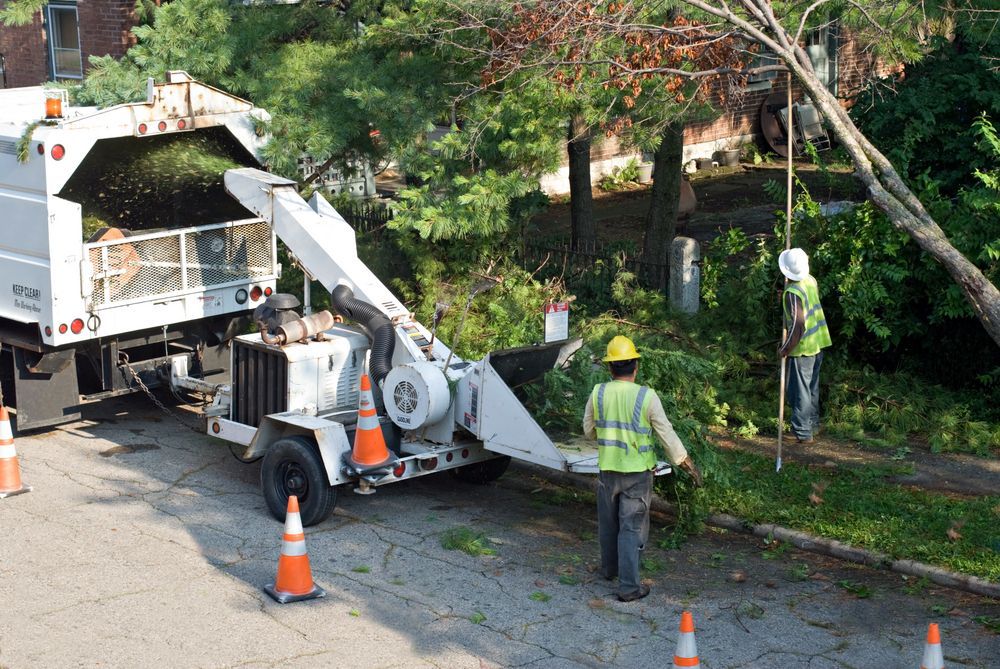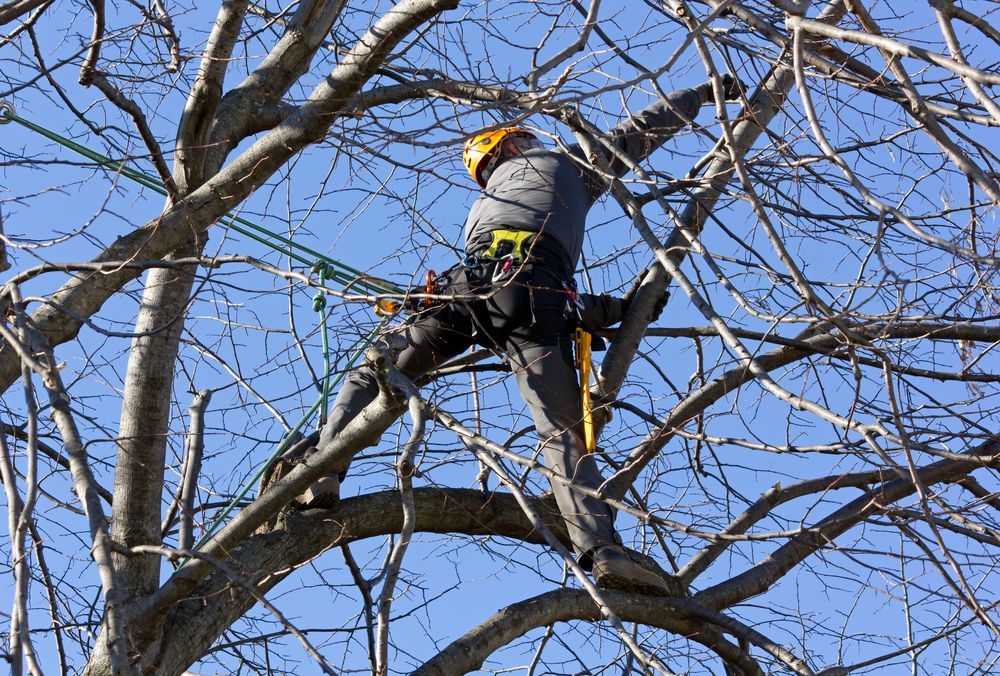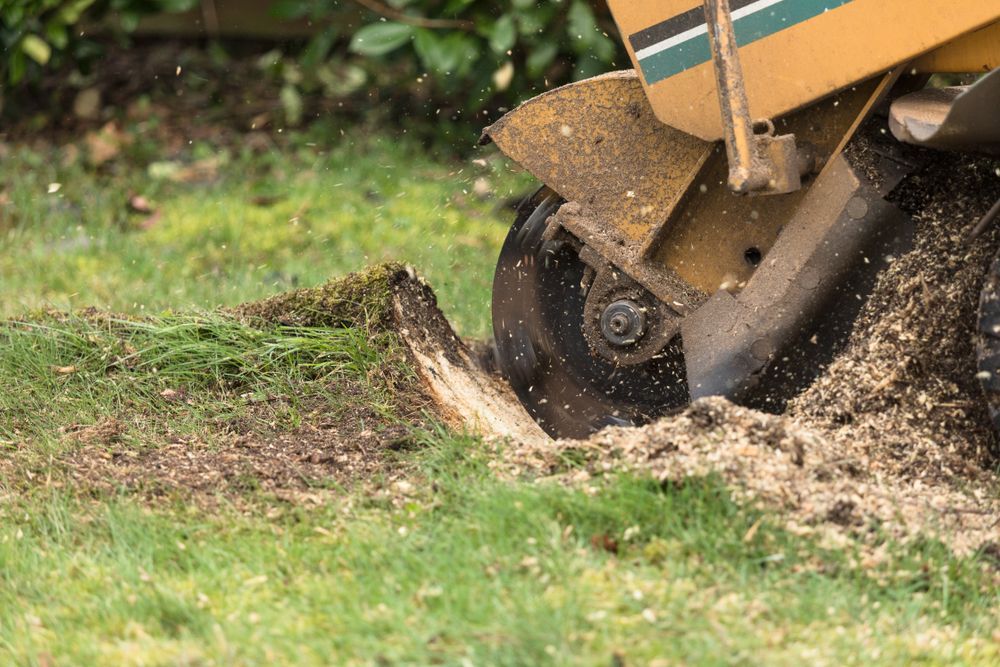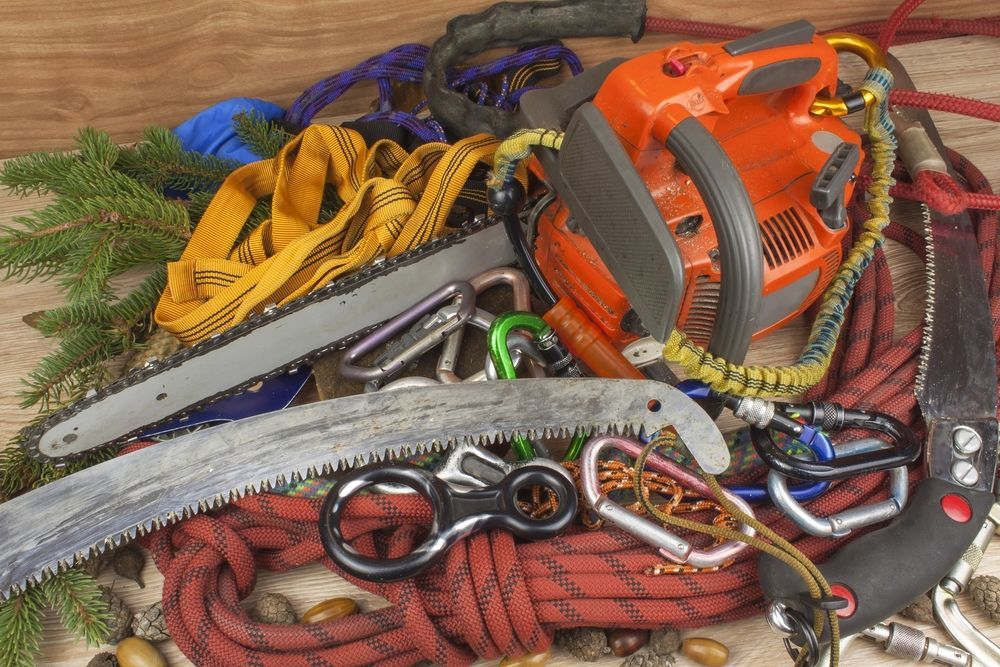How Storm Season Impacts Trees in the Lake Norman Area — and How to Prepare
Each year, residents around Lake Norman brace for powerful thunderstorms, heavy rain, and high winds that can roll through North Carolina — sometimes with little warning. While we often focus on
protecting our homes and vehicles, many homeowners overlook one of their property’s most vulnerable features: the trees.

Storm season can take a major toll on trees. Even healthy ones can be uprooted or split, while older or weakened trees pose serious safety hazards when branches break or trunks fail. For homeowners in the Lake Norman and Huntersville area, understanding how storms impact trees — and how to prepare for them — can help prevent damage, protect your property, and save you from costly emergency removals.
This guide explains what happens to trees during storm season, the risks involved, and the steps you can take to prepare your landscape before bad weather hits.
How Storm Season Affects Trees
Strong storms put trees under multiple layers of stress. Understanding these effects helps you spot problems early and take preventive measures.
1. High Winds
Wind is one of the most common causes of tree damage. Gusts can snap branches, crack trunks, or even topple entire trees — especially those with shallow roots or heavy canopies. Large shade trees common around Lake Norman, such as oaks and maples, are particularly vulnerable when saturated soil loosens their grip.
2. Heavy Rain and Soil Saturation
When rain saturates the ground, it weakens root systems by loosening the soil that anchors them. This makes it easier for trees to lean or fall, even during moderate winds. Prolonged moisture can also suffocate roots, leading to decay and instability over time.
3. Lightning Strikes
Lake Norman’s open landscapes make tall trees ideal lightning targets. A direct strike can cause internal damage, split bark, or completely kill a tree. Even partial strikes may create hidden structural issues that show up months later.
4. Broken Branches and Canopy Stress
Storms often lead to “crown thinning,” where branches are stripped from the top of the tree. While this might seem harmless, missing limbs can disrupt a tree’s balance and leave open wounds that invite disease or pests.
5. Hidden Damage
Not all storm damage is obvious. Roots may shift underground, cracks can form inside trunks, or limbs might hang precariously above — ready to fall at the next gust. That’s why professional inspections after major storms are critical.
How to Prepare Your Trees for Storm Season
Preparation is the best defense against storm-related tree damage. By taking a few proactive steps, homeowners in the Lake Norman area can keep their trees — and their property — safer year-round.
Step 1: Schedule a Professional Tree Inspection
Certified tree experts can assess your trees for disease, decay, or structural weaknesses. They identify risks that aren’t visible to the untrained eye, such as internal cracks or root instability. Having your trees inspected annually — especially before storm season — is one of the most effective preventive steps you can take.
Step 2: Trim and Prune Strategically
Trimming removes dead or overextended branches that are most likely to break during a storm. Proper pruning also thins the canopy, allowing wind to pass through more easily and reducing stress on the trunk. It’s important to have trimming done by professionals to avoid improper cuts that can weaken the tree.
Step 3: Check Soil and Root Health
Healthy soil helps trees withstand strong winds. Make sure the base of your trees isn’t compacted or eroded. Adding mulch around the root zone can help retain moisture and stabilize the soil, but avoid piling it against the trunk.
Step 4: Remove High-Risk Trees Early
If a tree is leaning, cracked, or rotting at the base, it’s better to remove it before the next storm arrives. Proactive removal prevents dangerous falls and property damage later on. A professional tree removal service can safely handle this process.
Step 5: Secure or Support Vulnerable Trees
Younger trees or those with multiple trunks can benefit from cabling, bracing, or staking systems. These supports help stabilize trees and minimize movement during high winds.
Step 6: Plan for Drainage
Ensure your property drains water efficiently after heavy rain. Standing water near roots can lead to rot and instability. If you notice frequent pooling, consider regrading or adding a French drain.
FAQs About Storm Season Tree Care
What types of trees are most vulnerable during storms?
Trees with shallow roots, heavy canopies, or signs of decay — such as oaks, pines, or aging maples — tend to suffer the most damage in storms.
How often should I have my trees inspected?
At least once a year, ideally before spring and summer storm seasons. After major storms, schedule a follow-up inspection to check for hidden structural damage.
Can trimming too much weaken a tree before storms?
Yes. Over-pruning can make trees more susceptible to wind damage. Always have a professional handle trimming to maintain proper balance and health.
What should I do if a tree falls on my property?
Stay away from downed trees, especially near power lines. Contact emergency services if needed, then call a local tree removal professional for safe cleanup and assessment.
Is it better to remove a large tree before storm season?
Not necessarily. Healthy, well-rooted trees are usually strong enough to withstand storms. However, if a tree shows signs of decay, leaning, or hollowing, removing it proactively is safer.
Conclusion
Storm season around Lake Norman is inevitable — but severe tree damage doesn’t have to be. With regular maintenance, inspections, and preventive pruning, you can help your trees stay resilient through high winds and heavy rains.
By investing in
professional tree care, you not only protect your property but also preserve the beauty and longevity of your landscape. Whether it’s preparing before the next storm or cleaning up afterward, a
trusted local tree service in Huntersville is your best ally for keeping your yard safe and storm-ready.
